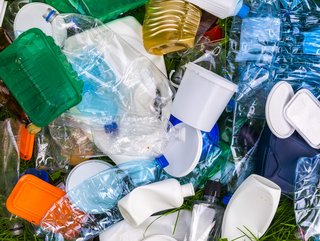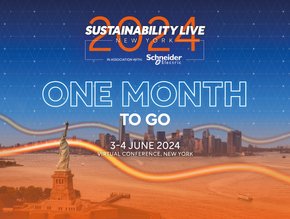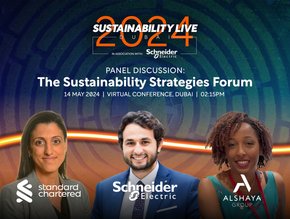Refillable packaging, providing a sustainable solution

What is refillable packaging?
Refillable packaging allows users to continue using a product by replacing the used-up contents in an item’s original packaging.
This is highly convenient and reduces the waste and energy needed to manufacture new packaging, reducing the negative impact on the environment.
According to the LCA in a report for the Ellen MacArthur Foundation, purchasing a refill instead of a new product can save 70 percent CO2, 65 percent energy, and 45 percent water use.
Reusable containers contribute to the goal of establishing a circular economy, an economic model for production and consumption that aims to share, reuse, refurbish, and recycle materials and products for as long as possible.
The memorable Reduce, Reuse, Recycle campaign from the 1980s is an example of this model, as it promotes the reduction of waste by reusing materials, and then recycling them once they are no longer fit to be repurposed.
Ultimately, the idea is that reusable packaging can encourage consumers to think about how products require the use of natural resources and to incentivise them to be more conscious of their purchasing and consumption habits and how these can impact the environment.
The shift in customer priorities can then subsequently cause brands to become equally conscious of their environmental impact and the ways in which they can elongate the life of their products and packaging.
Refillable does not always mean recyclable
Creating innovative refillable packaging solutions is an effective means of acting sustainably, but it is not enough for brands to label themselves as completely eco-friendly.
Although we’d love to think that refillable packaging also means it is recyclable, this is not always the case.
A notable brand that has been caught out for this is Kim Kardashian’s SKNN skincare line, which claims to use refillable packaging and is environmentally friendly.
But environmentalists were quick to point out that whilst the packaging is designed to be reusable, it is therefore made to be long-lasting instead of being recyclable.
The products are packaged in recyclable paperboard secondary packaging, with the outer packaging designed to look like stone that is ‘designed to last’ and include refillable inner containers made from 50% recycled plastic and 50% virgin plastic.
Whilst the face value ecological sentiment seems great, the packaging will still eventually contribute to pollution as plastic is non-biodegradable and will likely end up in landfill or the ocean.
However, brands such as Chanel, Fenty Beauty, and Kerastase have been far more successful in providing their consumers with refillable packaging that can be reused by offering glass and aluminium-based containers.
These are materials that have enough durability to be refilled multiple times but can also be recycled repeatedly. This can also be achieved with other materials such as paper, cardboard, metal, and wood.
Consumers need more information and advice
The focus on refillable packaging and sustainability has become a global focal point considering the ongoing climate crisis, and one study found that 52 percent of UK consumers consider sustainability to be a major factor when choosing products to purchase.
Yet consumers continue to shop for convenience, and without adequate guidance on how to refill products, there is a risk that consumers will abandon refillable items altogether.
There are four refillable solutions that can be implemented by consumers: refill at home, return from home, refill on the go, and return on the go - solutions that have been implemented by brands such as Cif, Smol, M&S, and The Bodyshop, respectively.
Despite these efforts, a survey revealed that almost 80 percent of its participants don’t think that companies are doing enough to provide refillable and packaging-free options.
Another study discovered that the most consistent barriers for consumers to access reusable packaging systems included the inconvenience of the system itself, the unavailability of refills, the cost of the first dispenser, pricing and poor brand communication about the refill system.
This highlights the need for brands to provide clear instructions and advice on how to refill a product, via instructions on the packaging, on their website, or on social media, to maintain a clear product journey and create a circular economy.
Providing a genuinely sustainable solution
Due to the depth of knowledge possessed by consumers and the broad amount of information available to brands, it is no longer acceptable for companies to do the bare minimum or make false claims about the sustainability of their packaging solutions.
Brands must ensure that their packaging is as environmentally friendly as possible by understanding the impact of the product on the environment, from concept to the consumer, to truly create a sustained circular economy.
Companies should consider several factors when offering refillable packaging, including researching if there is a demand for product refills to begin with, if the product is recyclable if consumers do decide to throw it away, how much energy is required to manufacture the product, if customers have been provided with clear instructions on how to refill the product, and how to improve the purchase journey to create a circular economy.
Most importantly for brands, they must support their consumers for the entirety of a product’s lifecycle to truly embrace the circular economic structure and be genuinely sustainable.






